Ask AI on The Internet
Question: What life lesson does Arthur Miller teach through this tragedy? Use textual evidence to support your argument and tie in your discussion to McCarthyism.
Arthur Miller's tragedy, particularly in "The Crucible," teaches the life lesson about the dangers of hysteria, the consequences of mass paranoia, and the corrupting power of fear and suspicion. Miller's play serves as an allegory for McCarthyism, a period in the 1950s when the fear of communism led to widespread accusations, investigations, and blacklisting of individuals suspected of being communists. A pivotal lesson from "The Crucible" is the importance of due process and the dangers of abandoning rational thinking in favor of emotional responses. The play demonstrates how fear and hysteria can override logic and justice, leading to the persecution of innocent people. One significant piece of textual evidence is John Proctor's doomed struggle to maintain his integrity in the face of the witch trials. Despite his flaws, Proctor ultimately refuses to falsely confess to witchcraft, asserting, "Because it is my name! Because I cannot have another in my life!" This moment illustrates the individual's struggle against a society that has given in to fear and irrationality. Proctor's refusal to conform to the demands of the court, even at the cost of his life, emphasizes the importance of personal integrity and standing up against mass hysteria. The play's allegorical connection to McCarthyism is evident in its depiction of how fear can lead to the dismantling of social and legal norms. During McCarthyism, the fear of communism led to widespread accusations without substantial evidence, mirroring the witch hunts in Salem. As characters in "The Crucible" accuse their neighbors to save themselves, Miller critiques the way individuals during McCarthyism turned against each other to protect their own interests, often with devastating consequences. In summary, Arthur Miller uses "The Crucible" to highlight how fear and hysteria can lead to destructive social consequences, drawing parallels to the McCarthy era to show the importance of safeguarding individual rights and maintaining rationality and integrity in the face of widespread paranoia.
Think your answer is better than the AI's? Post it below.
Question Tags
If you want your question answered by an AI, click here.
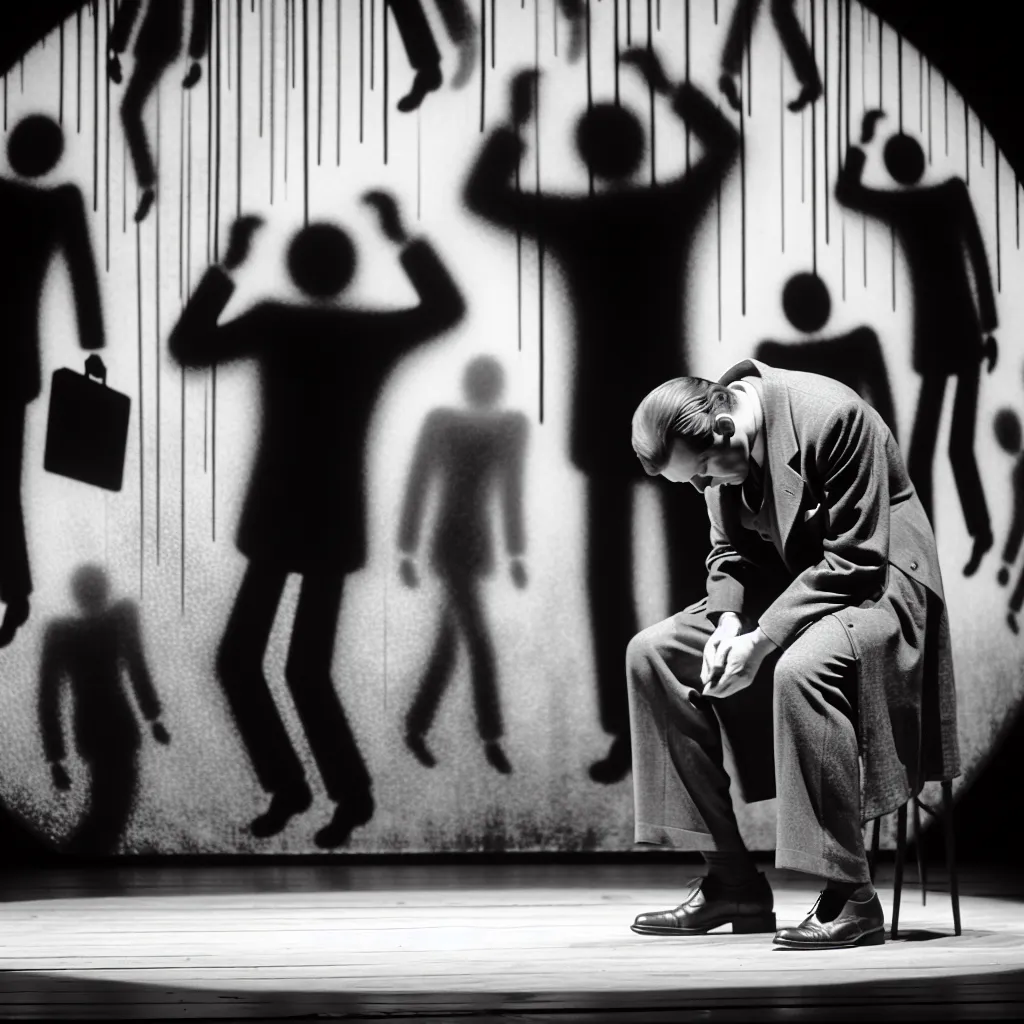
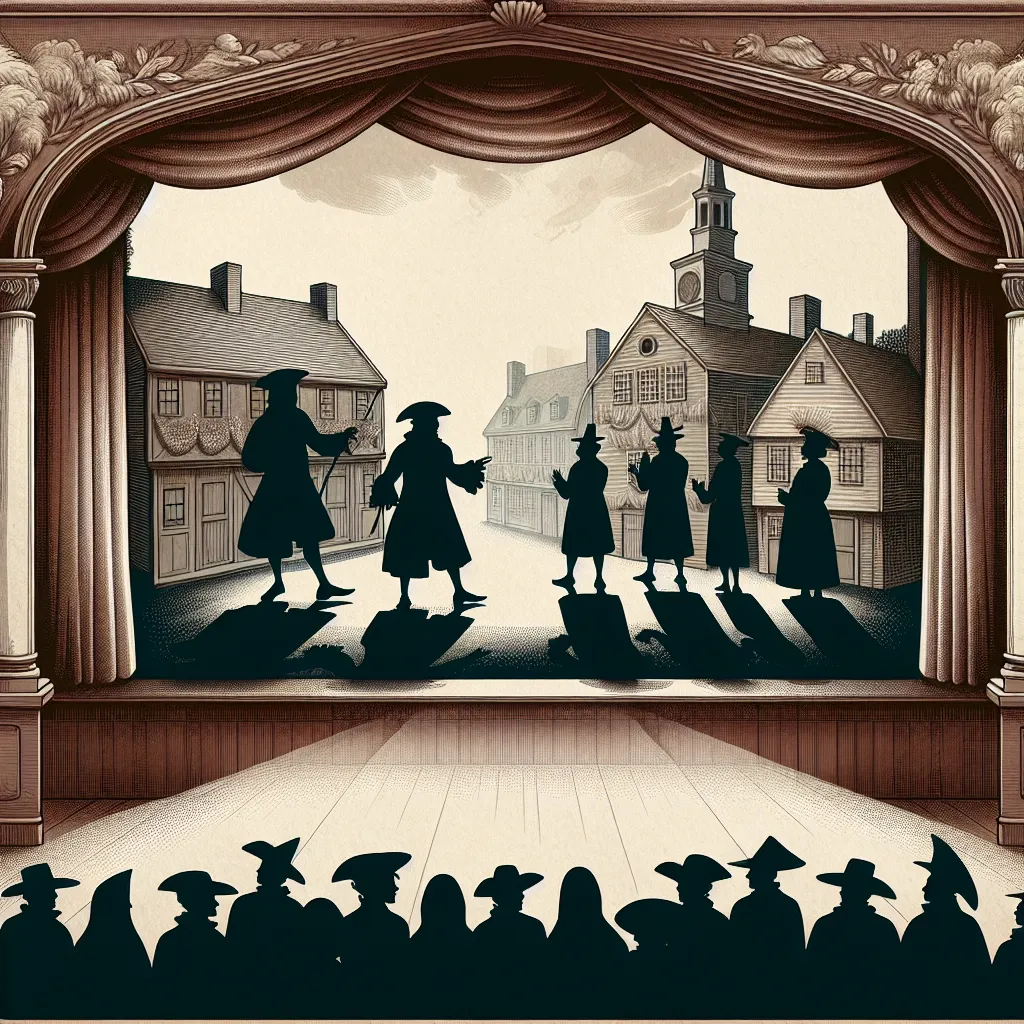
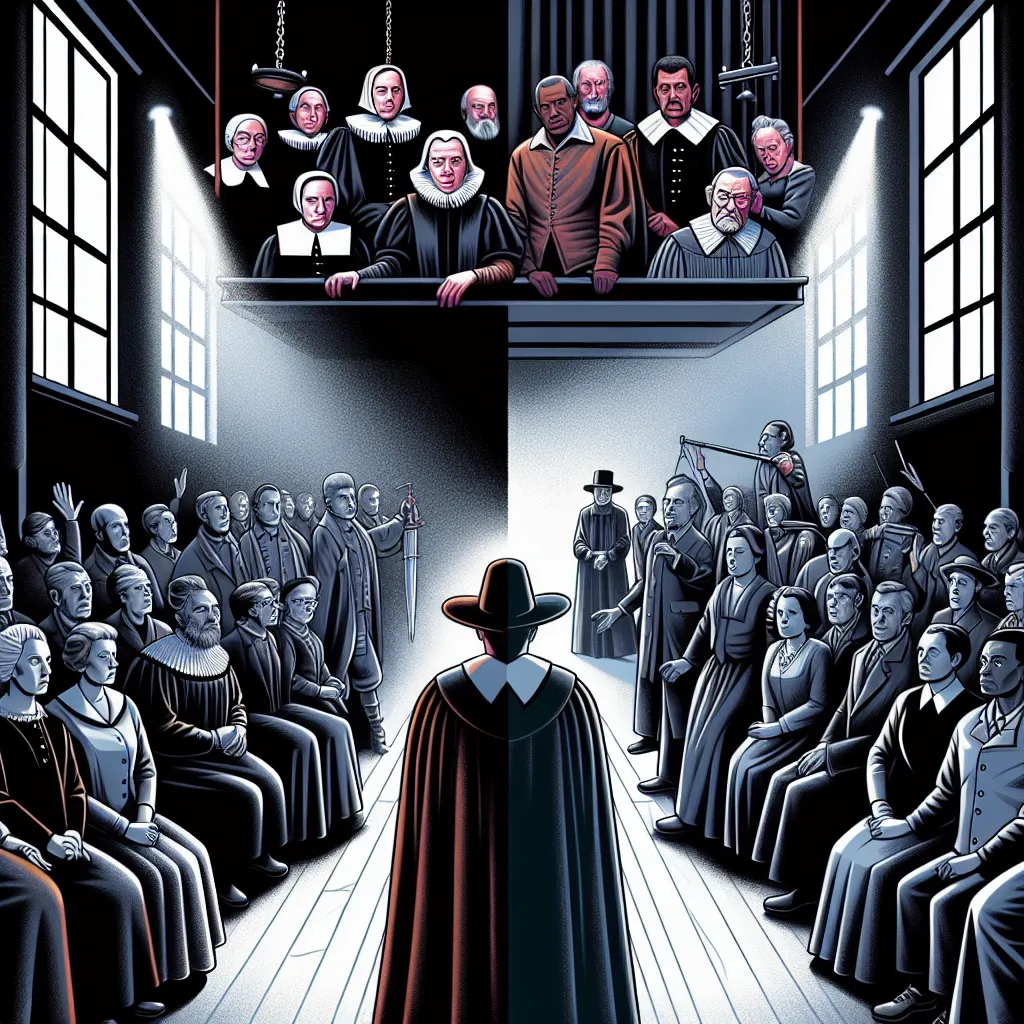
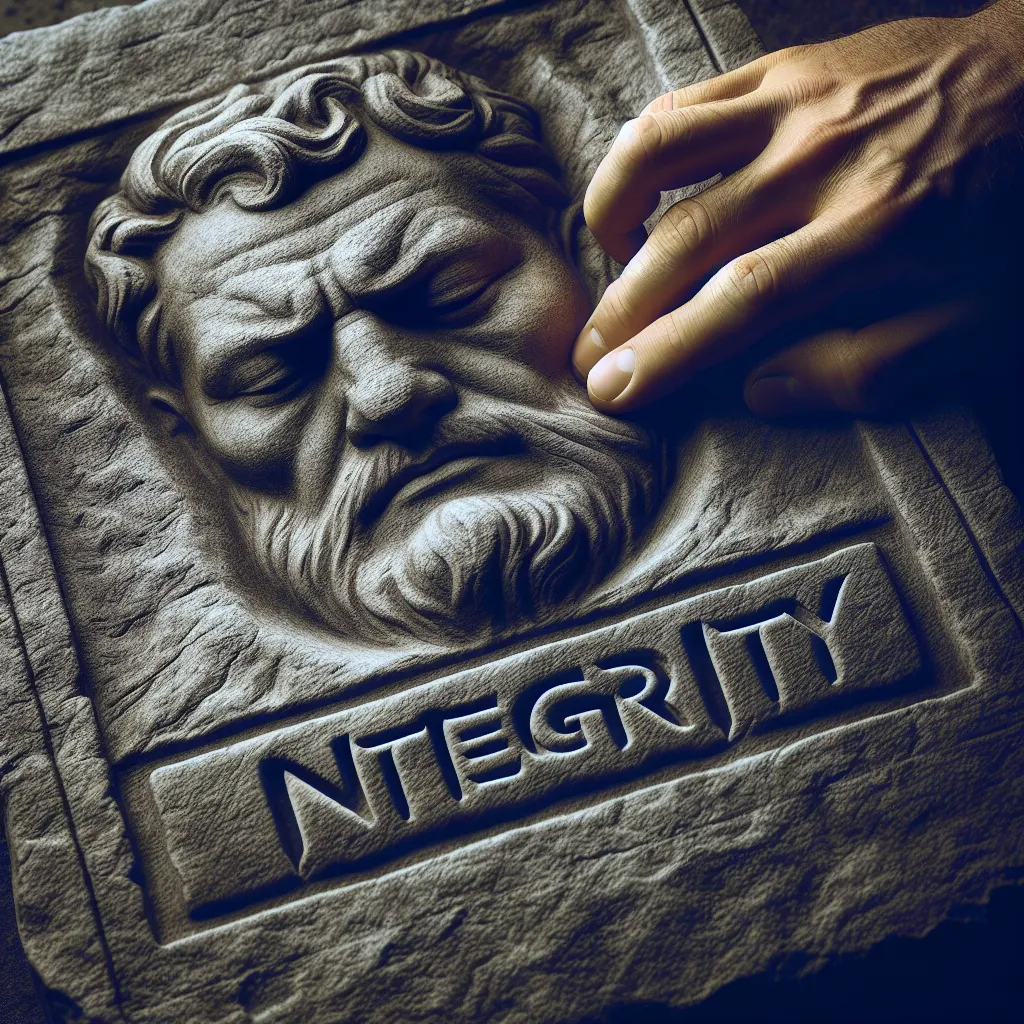
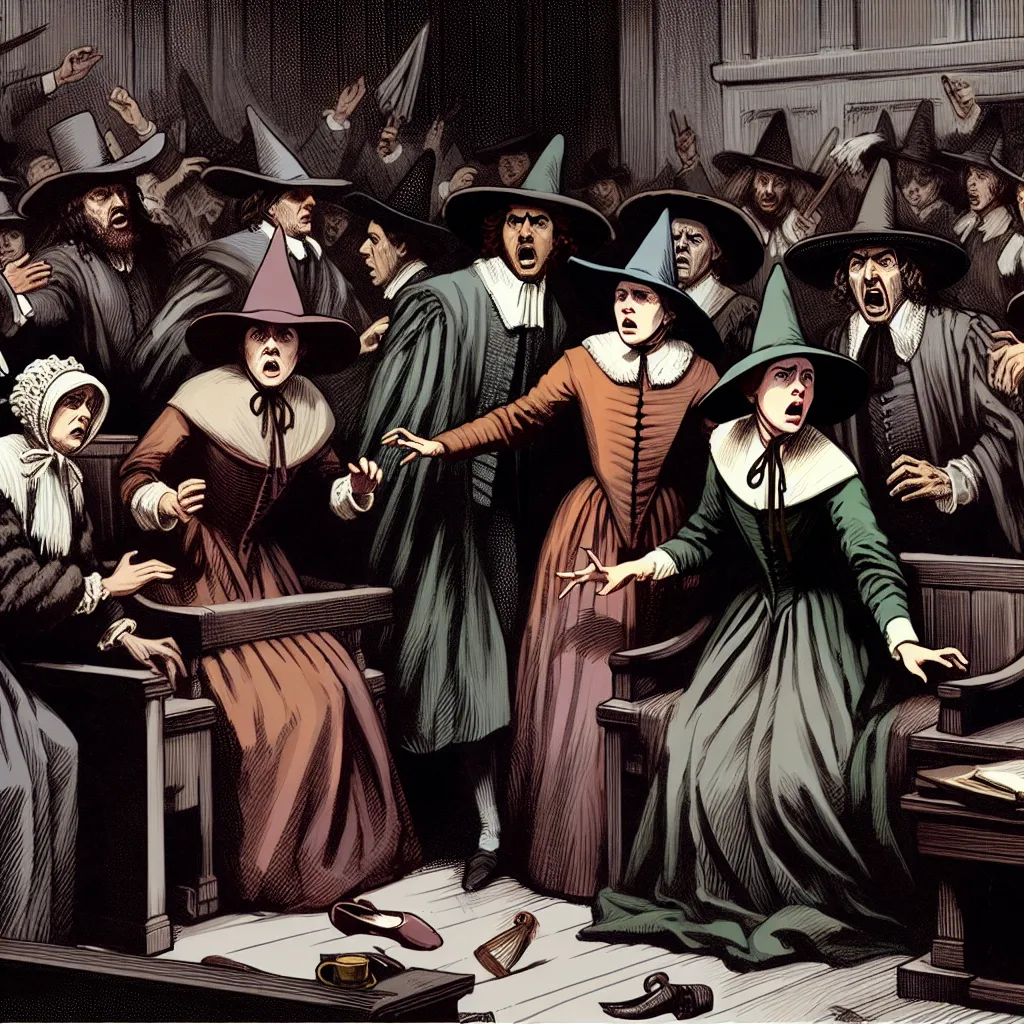
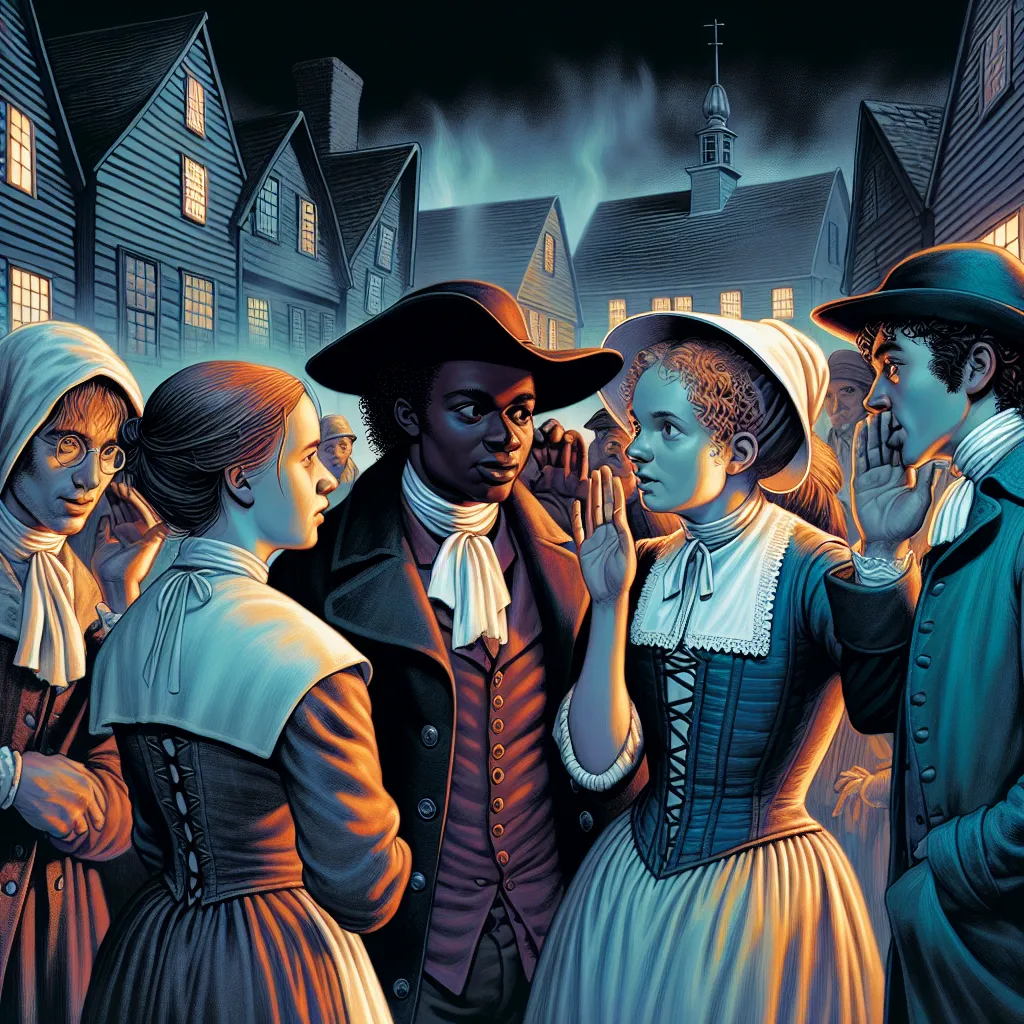
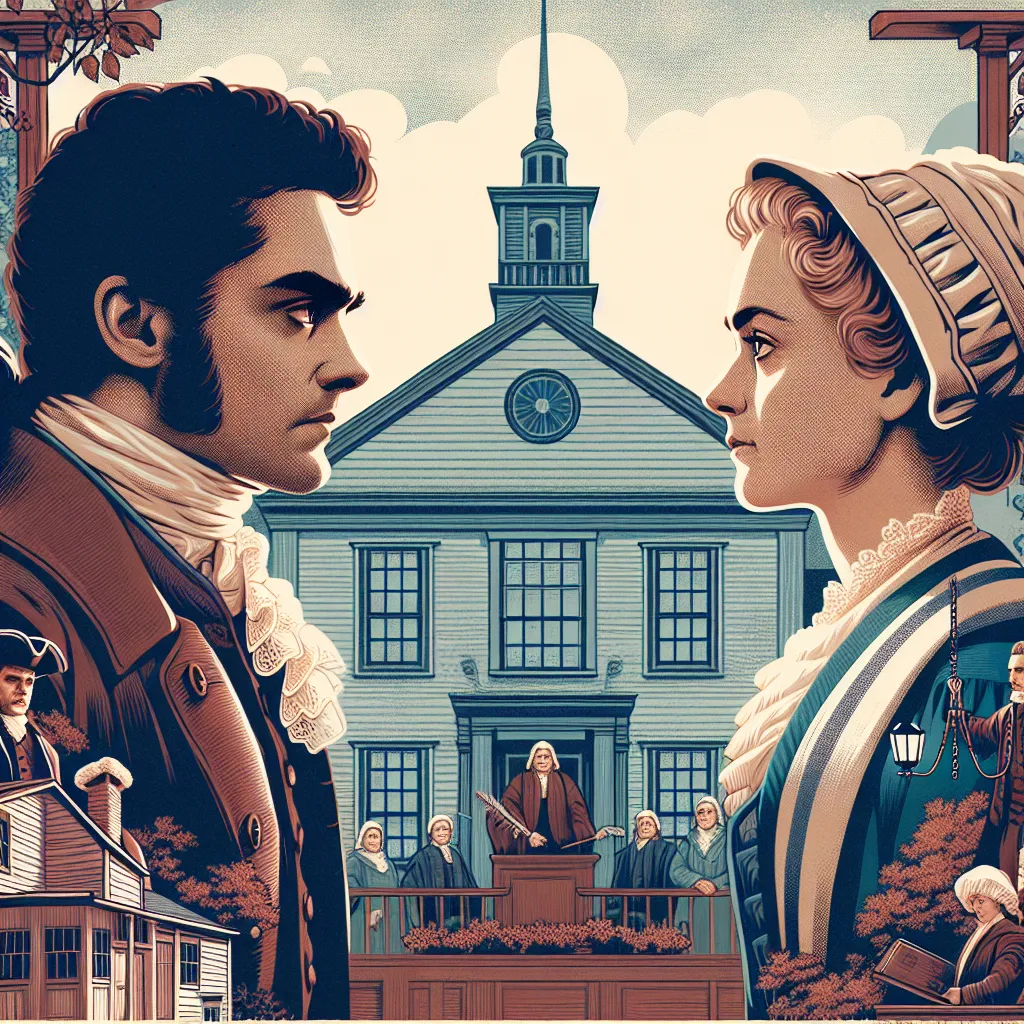
Post your own comment: